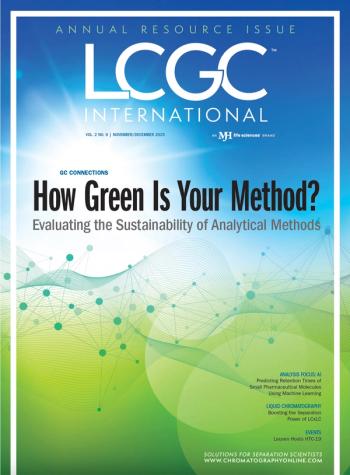
- The Column-07-23-2010
- Volume 6
- Issue 13
Thought Leader
Agilent Technologies and the Agilent Foundation have announced that Professor Pauline Rudd has received an Agilent Thought Leader Award in support of her emerging glycomics research.
Agilent Technologies and the Agilent Foundation have announced that Professor Pauline Rudd has received an Agilent Thought Leader Award in support of her emerging glycomics research. The award includes a grant of funding and instruments to the National Institute for Bioprocessing Research and Training (NIBRT) in Dublin, Ireland. According to the company, the goals of the research are to develop novel approaches to analyse protein glycosylation, which will assist in the characterization of recombinant protein drugs, and to study potential glycan biomarkers associated with disease using liquid chromatography–mass spectrometry.
Maurice N. Treacy, CEO of NIRBT says that the partnership “will focus on multidimensional nanoscale LC–MS–MS separations for the comprehensive analysis of released oligosaccharides.” According to Treacy, combining the two groups’ expertise will “allow the development of novel technologies and complete solutions for rapid glycan analysis for use by the bio-pharmaceutical sector and in academia.”
This is the first award from the company’s new Thought Leader programme, which is reported to promote fundamental advances in the life sciences by contributing financial support, products and/or expertise to the research of influential thought leaders.
For further information please refer to
Articles in this issue
over 15 years ago
GCxGC Symposiumover 15 years ago
Climate of Innovationover 15 years ago
The art of chromatographyover 15 years ago
Market Profile: High Content Screeningover 15 years ago
Musings from the Little Black Book of GC (Part 2)over 15 years ago
Peak Integration that Matches the Efficiency Principles of UHPLCNewsletter
Join the global community of analytical scientists who trust LCGC for insights on the latest techniques, trends, and expert solutions in chromatography.



